The book focuses on the decline of the towns and their desertion in late ancient and early medieval India on the basis of archaeological evidence. The author has material remains to study crafts, commerce and coinage, and identifies and illustrates signs of growth and decay for more than 130 excavated sites. The strata with poor remains are taken to indicate decrease in construction, manufacturing and commercial activities, and are hence associated with de-urbanization. The reasons for the urban eclipse are sought not only in the fall of empires but also in social disorder and the loss of long-distance trade. The disintegration of the town life is seen not as social regression but as part of the social transformation which generated classical feudalism and promoted rural expansion. The book explores the link between urban decay and land grants to officials, priests, temples and monasteries. It shows how the landed elements collected surplus and services directly from the peasants, and remunerated artisan servicing castes through land grants and grain supply. The monograph should interest students of pre-modern urban history and those who study processes of change in economy and society in Gupta and post-Gupta times. It may also provide basic information on the urban horizons of excavated sites during the second half of the first millennium BC and the following six centuries AD.

Urban Decay in India c. 300-c. 1000
In stock
Free & Quick Delivery Worldwide
reviews
Bibliographic information
Title
Urban Decay in India c. 300-c. 1000
Author
Edition
1st ed.
Publisher
Length
251p., Maps; Plates.
Subjects

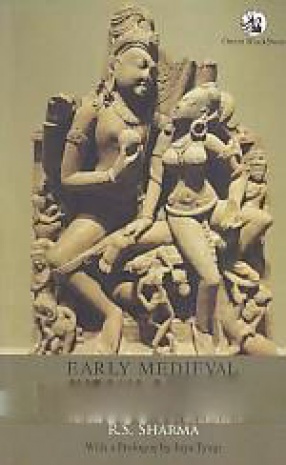
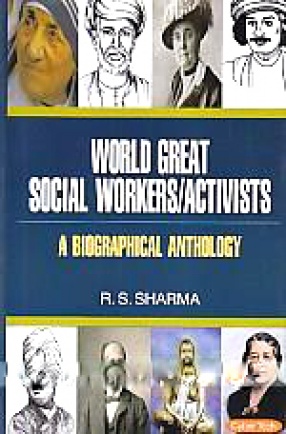
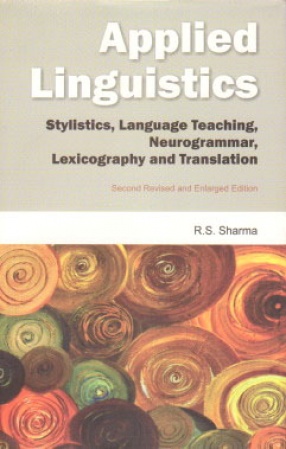

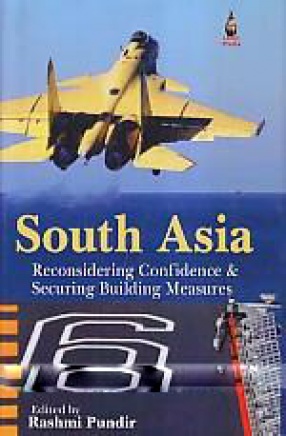
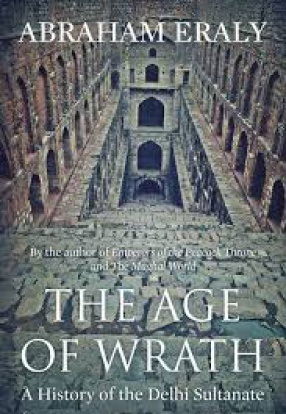
There are no reviews yet.